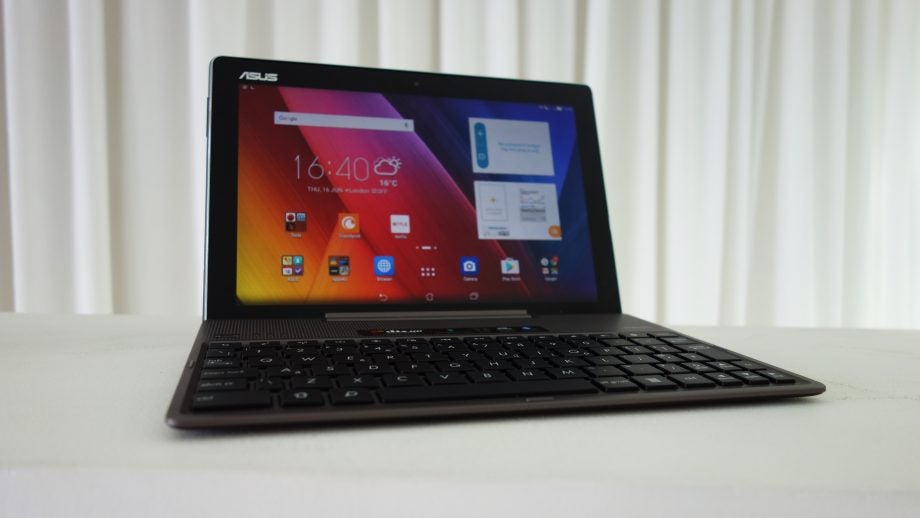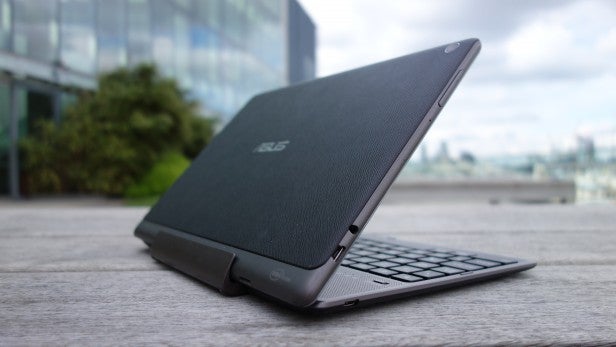Asus ZenPad 10 Review - Software and Performance Review
Software and Performance
An affordable, but distinctly average tablet

Sections
- Page 1 Asus ZenPad 10 Review
- Page 2 Software and Performance Review
- Page 3 Battery, camera and conclusion Review
Asus ZenPad 10 Z300C – Software
I’m less enamoured with the ZenPad’s software. I’ve said many times over, Asus’ ZenUI software is one of the worst Android skins around.
Not only does it add more duplicate apps, pointless services and unnecessary UI changes than can easily be counted, it’s also the reason for Asus devices tending to miss updates to new Android versions.
My guess is the skin is a key reason the ZenPad 10 is still running on the previous-generation Lollipop version of Android. Considering how close we are to seeing the final version of Android N, the absence of Google’s latest Marshmallow OS is a huge shortcoming.
Marshmallow was an incremental update to Android that radically improved its usability, stability and features. Marshmallow’s highlights include a super-snazzy material design that makes ZenUI look like an outright mess, plus nifty Doze and Now on tap services.
Doze is a great battery-saving feature that radically reduces the power consumption of Android Marshmallow devices when in sleep mode. Now on tap lets you access Google’s Now service within applications by holding down the phone’s home button.
Being fair to Asus, the company has confirmed that the ZenPad will eventually be upgraded to Marshmallow. But there’s not time frame for this, and until I see Google’s Material Design appear on the ZenPad, the absence of Marshmallow is a serious shortcoming that I can’t overlook.
Related: Best tablet 2016

Asus ZenPad 10 Z300C – Performance
The ZenPad is powered by a quad-core Intel Atom x3-C3200 processor that’s backed up by 2GB of RAM. Atom X3 chips aren’t the fastest around, focusing on power efficiency and cost over performance. Past devices I’ve tested running on x3 Atom processors have at best offered acceptable performance.
The ZenPad isn’t an exception, offering only average performance. In general, the tablet is smooth when running basic tasks such as web browsing, video streaming and word processing. But even moderately demanding 3D games are beyond it. Riptide GP2 took a good minute to load and would on occasion chug. Things weren’t any better with Anomaly Defenders and Warhammer Quest.
Running TrustedReviews’ standard suite of benchmark tests, the numbers reflected my real-world impressions. The ZenPad 10 scored an unremarkable 20,342 in AnTuTu and ran in with a disappointing 693 multi-core score in Geekbench. In the GPU-focused 3DMark: Ice Storm Unlimited, it scored 5,697.
Those scores put the ZenPad well below our current recommended affordable Android tablet, the Nvidia Shield K1. It scored 55,339 in AnTuTu, 3,602 in Geekbench and 29,097 in 3DMark: Ice Storm Unlimited.
How we test tablets
We test every tablet we review thoroughly. We use industry standard tests to compare features properly and we use the tablet as our main device over the review period. We’ll always tell you what we find and we never, ever, accept money to review a product.


